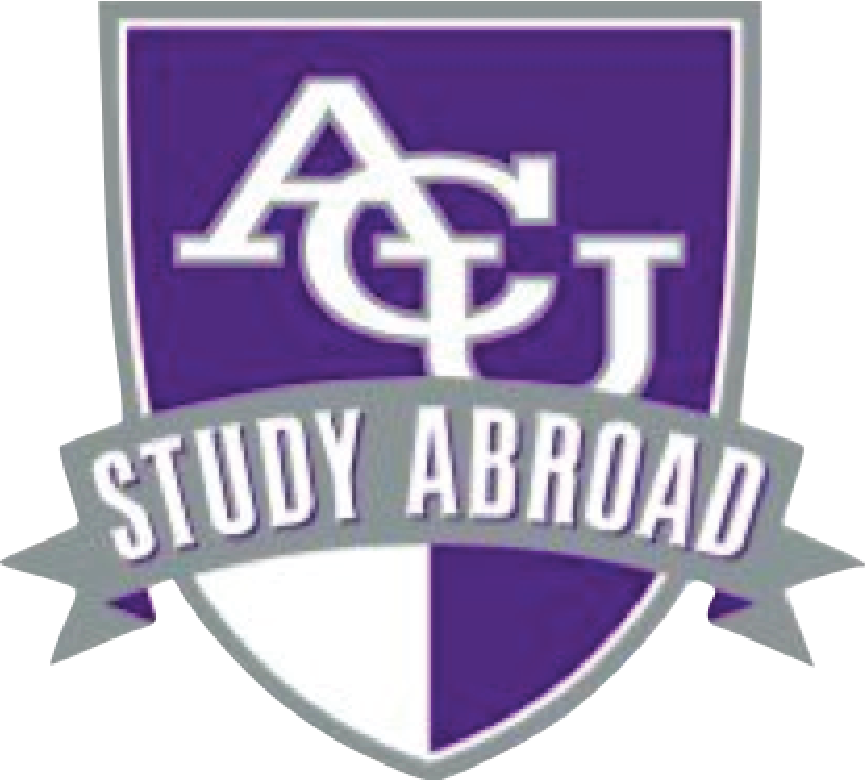
FAQ
FREQUENTLY ASKED QUESTIONS
1. How difficult is the climb to the summit of Kilimanjaro?
While Kilimanjaro is a non-technical climb (no ropes or mountaineering experience required), it is physically demanding due to the altitude. Most people experience some degree of altitude sickness. The 8-day Lemosho route was deliberately selected for better acclimatization and an increased chance of a successful summit.
2. Do I need to be in peak physical condition to participate?
You don’t need to be an elite athlete, but you should be in good physical health and able to hike 6–8 hours a day for several days in a row. We recommend a regular training plan that includes cardio, hiking, and strength work. We’ll walk you through the preparation process, but we can’t train for you!
3. What is the Lemosho Route, and why is it recommended?
The Lemosho Route is one of the most scenic and least crowded paths to the summit. Spanning 8 days, it allows for gradual acclimatization, giving climbers the best chance to reach Uhuru Peak safely and enjoyably.
4. Will I experience altitude sickness?
Possibly. Altitude affects everyone differently, regardless of fitness. Common symptoms include headache, nausea, and fatigue. Our itinerary is designed for slow acclimatization, and our guides are trained to monitor your health closely throughout the trek. You can also consult your physician for medicine that may help alleviate some of the symptoms of altitude sickness.
5. What kind of accommodations will we have on the mountain?
During the trek, you'll stay in high-quality mountain tents, shared with another participant. All gear is carried by porters, and a mess tent with a table and chairs is set up for meals. At the start and end of the climb, you'll stay in comfortable local lodges.
6. What should I pack?
We’ll provide a detailed packing list, but essentials include:
Layered clothing for cold and warm weather
Waterproof outerwear
Good hiking boots (broken in!)
Headlamp, trekking poles, daypack
Our guides also offer gear rental in Tanzania for larger items. There’s no need to expend a large amount of money to own the gear you are missing. For more details on gear rental, click here.
7. Is it safe?
Yes, but like all adventure travel, there are risks. We work with highly experienced local guides, carry oxygen and first aid equipment, and have a detailed emergency protocol in place. Our top priority is your safety and well-being.
8. How many people are in the group?
This is a private alumni expedition, limited to 12 participants, plus guides and support staff. We travel as a tight-knit, spiritually reflective group—fostering both challenge and community.
10. What’s included in the cost?
See a detailed breakdown here: www.acustudyabroad.com/kili-cost
11. What happens after the climb?
We celebrate with a team dinner and then head out on a multi-day safari in Ngorongoro Crater. It’s a powerful way to decompress, reflect, and experience the beauty of Tanzania’s wildlife and to wrap up our conversations together.
12. What do I need for the safari?
No technical gear is needed, but we recommend:
Lightweight, neutral-colored clothing (for comfort and to avoid attracting insects)
A wide-brimmed hat, sunglasses, and sunscreen
A camera or binoculars (if you have them)
A light jacket for cooler evenings
A detailed packing list will be provided.
13. What is Ngorongoro Crater, and why is it special?
Ngorongoro Crater is the world’s largest intact volcanic caldera and a UNESCO World Heritage Site. Sometimes called “Africa’s Eden,” it’s home to over 25,000 animals within a self-contained ecosystem—including lions, elephants, hippos, and black rhinos. Its sheer walls and misty mornings make it one of the most awe-inspiring landscapes on earth.
14. Is the safari portion strenuous or dangerous?
Not at all. Unlike the Kilimanjaro trek, the crater experience is vehicle-based, with guided game drives throughout the day. You’ll enjoy incredible views and wildlife encounters without the physical demands of hiking. It’s a day to sit back, observe, and marvel. We’ll also use this opportunity for structured sessions and conversations centering around our readings, Christian devotion/reflection, and worship.

